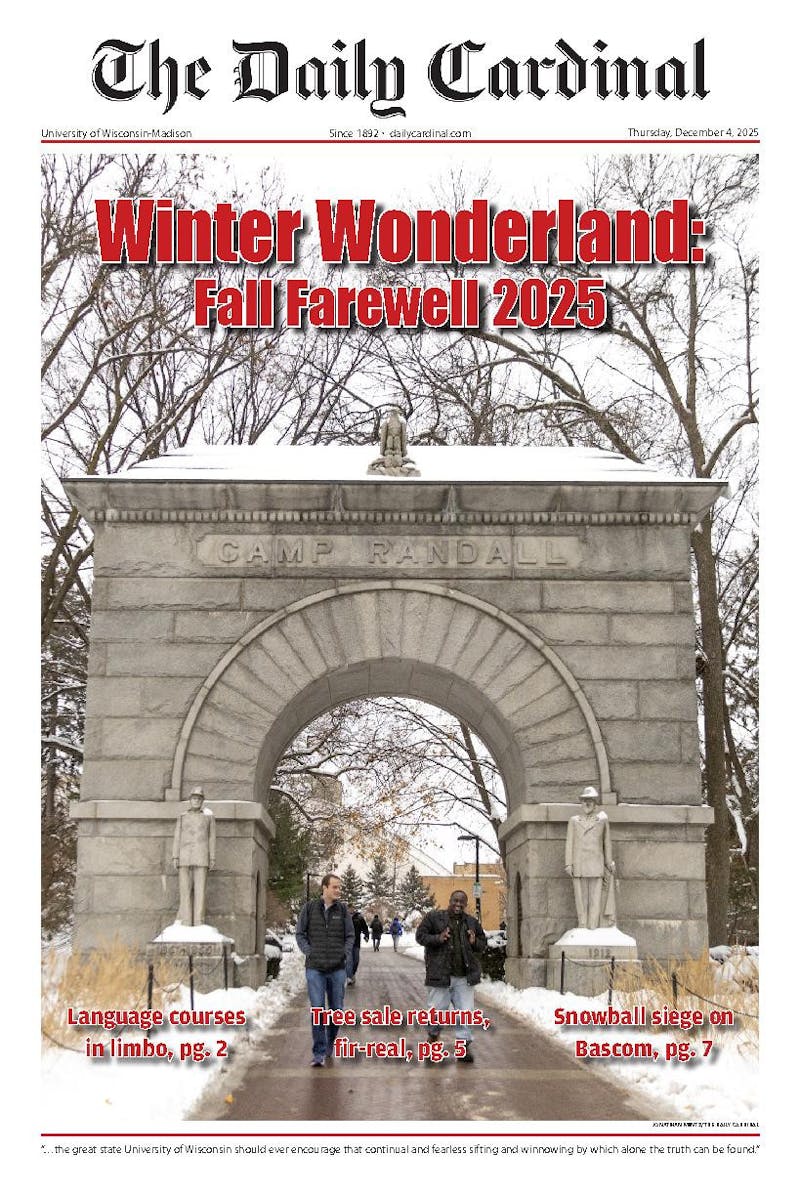Sue Grafton's alphabetical mysteries have given the public much more than easy soundbite templates for critics since the awesome, amazing, astonishing 'A is for Alibi' first came out in 1982. Millions of readers have followed the pulpish adventures of southern California's spunkiest female private investigator, Kinsey Millhone, in 'Alibi's' 18 sequels. The latest, 'S is for Silence,' disappointingly shows that Kinsey's enduring character power is simply not enough to hold interest when Grafton cannot come up with an interesting plot. 'Silence' struggles to succeed, simply short-changing the reader with a severely sub-par story. (Sorry.)
Kinsey has dealt with all manner of murders, robberies, scandals and conspiracies throughout the years (real-world years; Kinsey herself never seems to escape the '80s). In 'Silence,' Grafton hatches a promising new angle: Kinsey is hired to uncover what happened to Violet Sullivan, a woman missing for decades, whose case has been unsolved for 34 years. This premise has some juicy potential, conjuring ideas of unanswered questions and tainted memories, and enlarging the temporal scope of the narrative considerably. It also allows Grafton to bring in something structurally new to the series, telling the story by shifting back and forth between what actually happened in 1953 and Kinsey's first-person narration.
There is a nice cockiness in the fact that Grafton is not afraid to tinker with her model of literary success. But it would have been much nicer if Grafton could execute the dual-time narrative with any tact at all. The 1953 flashbacks take the form of what happened to the people around Violet at the time of her disappearance. At first, these flashbacks seem like intriguing opportunities to mine every small fact to find one that tips off who Violet's murderer or runaway-accomplice was, but when it becomes clear that they say almost nothing, they become tedious exercises in uninteresting history. It would not be fair to call them dead ends, because that would imply they actually lead the reader to some kind of conclusion. They do not'they merely take up dead space, dragging down the pace of the story.
The only thing that keeps the flashbacks bearable is Grafton's genuine talent for describing detail, jumping in and out of characters' heads to find a witty quote here or there, making apt observations about the boredom of California weather or the endgame of the Korean War. Do these observations mean anything? No. But at least they are entertaining in their own random sort of way.
Even so, as good as her descriptions of detail might be, it is her attention to it that might make readers nervous. It is troubling that in a mystery novel, when every single fact needs to be accurate to maintain the suspense, Violet makes comments like, 'You can't trust a guy who's hellbent on getting in your pants,' in the early '50s. Slips like that make the reader wonder if Grafton is indeed on top of the story at all times. In a mystery novel, if you cannot trust the author, who can you trust?
Kinsey's audacity, never in short supply, is still entertaining even as the narrative reveals little enough throughout to make Grafton seem, well, silent. As Kinsey herself says at one point, 'I was trying to be patient, but silences like hers make me want to bite someone.' After reading 'S is for Silence,' readers might feel the same way.





